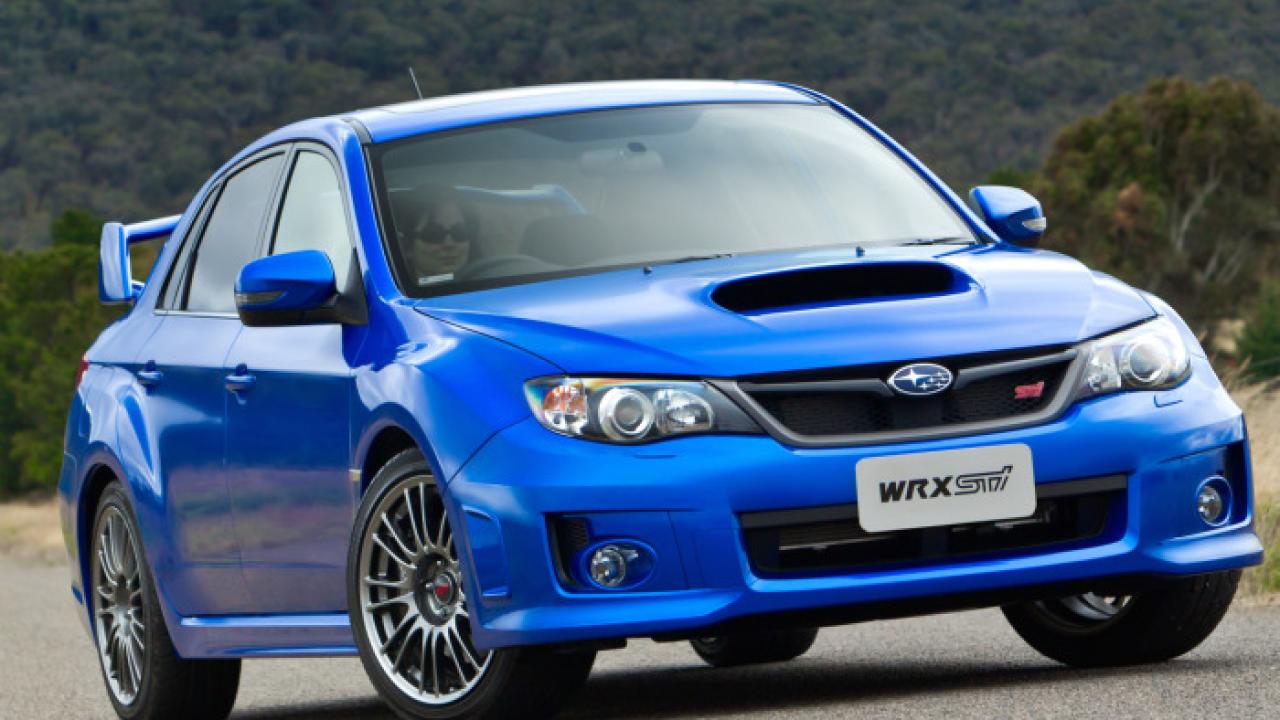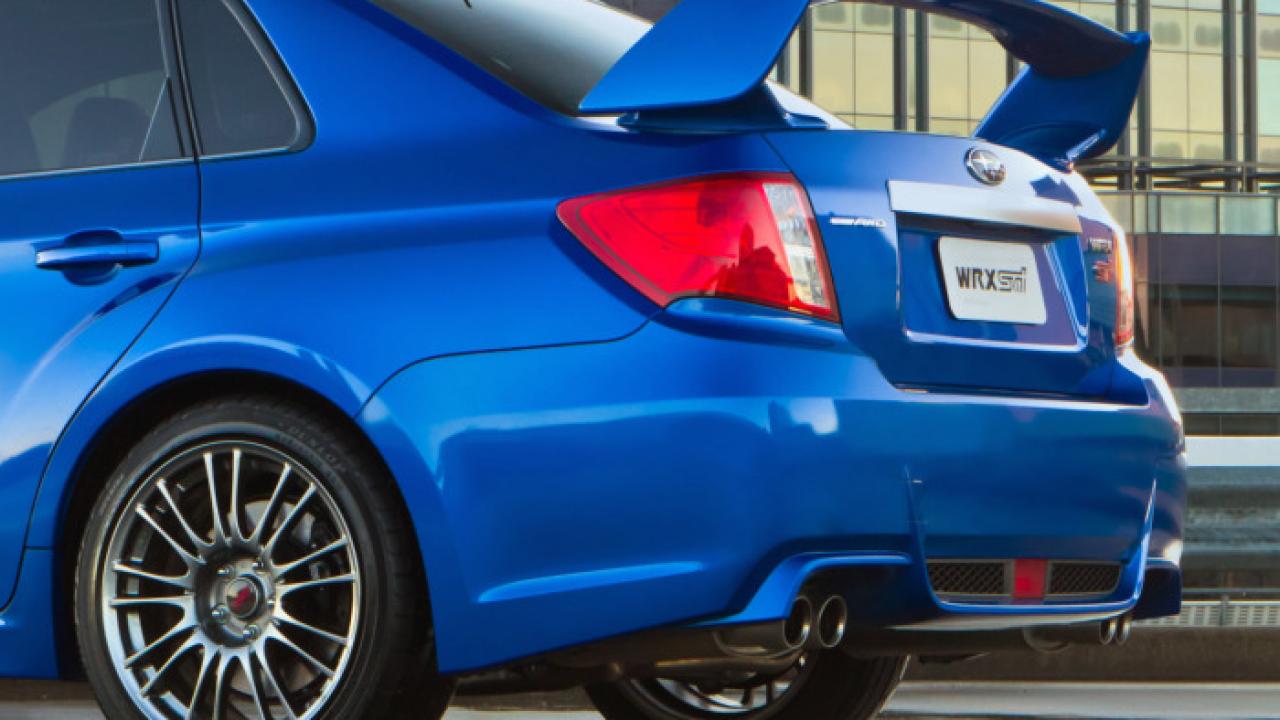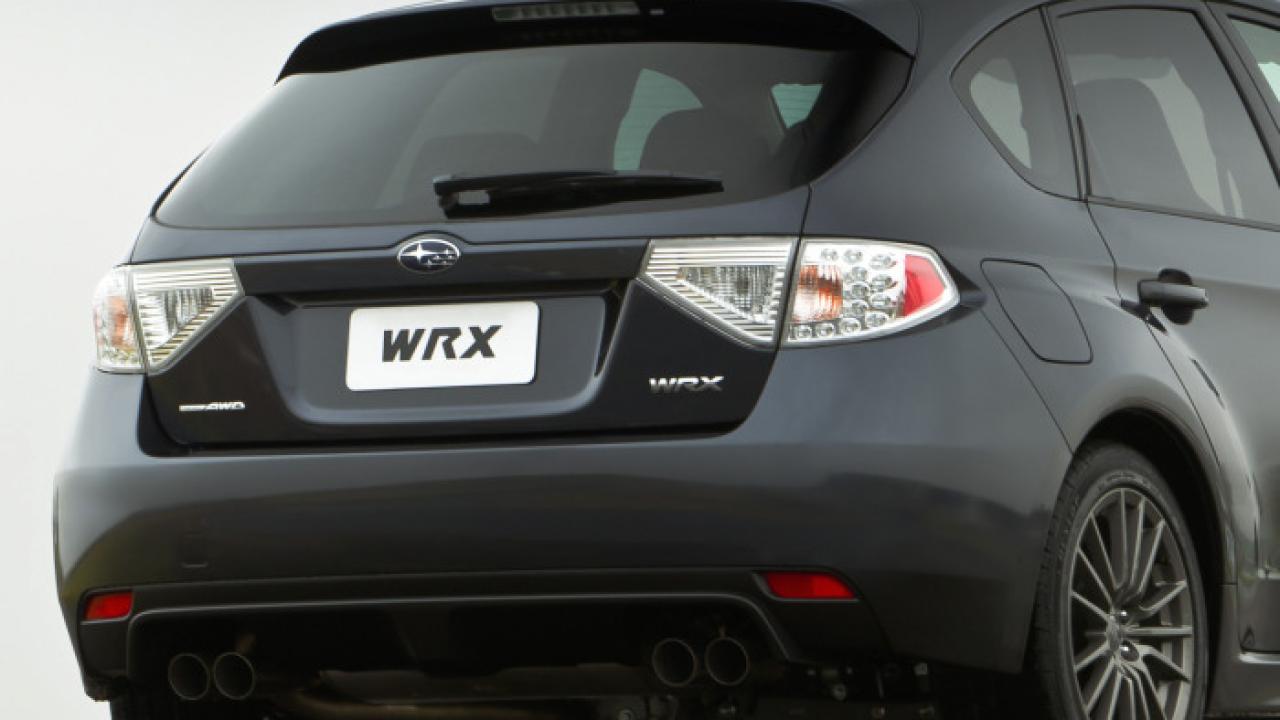New car report; Sibling rivalry
Wider bodywork, wider track and wider tyres are the most immediately obvious signs that the WRX has evolved away from the naturally aspirated Impreza range, to be much closer in spirit to the all singing, dancing STI.
Although the STI has a bigger rear wing on both the sedan and hatch versions and 18 inch wheels replace the WRX’s 17’s, only dyed in the wool Suby fans will spot the difference between the two.
Both cars get the same design front spoiler and new grill treatment, with the bumper lines blending around into the wide front wheel arches. The rear spoiler is all that separates the STI from the WRX when viewed from behind, with the exhaust exiting via four tailpipes on both models.
The WRX retains the same power train as before, with the 2.5 litre turbo-charged boxer engine producing 195kW at 6,000rpm and 343Nm of torque at 4,000rpm through a five speed manual ‘box.
Choice of manual or automatic for STI
For those wanting more get up and go, the close ratio six speed manual STI delivers power of 221kW at 6,000rpm and a whopping 407Nm of torque at 4,000rpm from its 2.5 litres. The big news is that Subaru is now offering a two pedal STI, with the 221kW engine delivering reduced torque of 350Nm to allow the five speed auto to cope.
With Subaru’s Symmetrical All Wheel Drive, the WRX delivers power to the road through a rear Torsen Limited Slip Differential and traditional front open diff, while the STI gets slippery diffs front and rear, with DCCD (Driver Controlled Centre Differential) on the manual, allowing the driver to dial in the desired torque split between front and rear.
Trick gear for the STI also includes Subaru’s SI-Drive, a function which allows the driver to select one of three pre-programmed performance characteristics. Intelligent mode provides gentle throttle response producing the best fuel economy, while the Sport setting gives a crisper response for everyday use and the Sport # delivers sharp and direct response for enthusiastic driving.
With 150mm ground clearance, the STI rides 5mm lower than the WRX’s 155mm. Suspension has been tweaked on both models, with particular attention being paid to firming up the STI. The WRX’s front and rear track are wider by 35mm and 40mm respectively than before, and stiffer rear subframe bushes aid stability.
The STI’s spring rate has been increased, and front and rear stabilizer bars each grow by 1mm in diameter, with a 21mm bar at the front and 19mm at the rear. The front suspension has been revised with a new aluminium lower arm and new rear pillow-ball type bushes improving rear geometry.
Equipment extends to self-levelling Xenon headlamps, Bluetooth, 10 speaker audio system compatible with all the latest media devices. With 5 star occupant and 4 star pedestrian safety rating, Subaru says the WRX is the safest ANCAP rated passenger car.
Dynamically, while they each exhibit their own individual driving and handling characteristics, both the WRX and STI are outstanding. The STI is definitely the fiercer of the two, with an angrier exhaust note, tenacious grip and acceleration to 100km/h in 5.2 seconds against the WRX’s 6 seconds flat.
WRX offers best bang for your buck
The STI’s suspension set-up results in incredibly flat cornering with next to no body roll; not that the WRX is roly-poly, in fact it’s far from it. Although a little more compliant, with a tad more roll, the WRX can be just as enjoyable and priced at $17k under the STI, we think it’s the pick of the bunch.
With the addition of an automatic, appeal will widen and buyers who may not otherwise have considered an STI may well be visiting Subaru showrooms. But the automatic was too much of a compromise for our liking.
Unlike the quick shifting double clutch sporty affair offered by competitors, Subaru’s automatic transmission is just a plain and simple 5 speed auto. It does the job in slow, stop start traffic, but our bet is that STI buyers will be wanting something a bit more hard-edged, and this ‘box doesn’t quite measure up.
It does offer flappy paddles, but isn’t as responsive as we’d like in a performance car and over-rides the driver rather too often.
On the positive side, the auto is only 0.8 second slower to 100km/h than the 6 speed manual STI, getting across the line neck and neck with the 5 speed manual WRX. Rather unusually, due primarily to the fact that you lose the trick diff, the auto is $2k less than the manual.
At launch, pricing starts at $44,990 for the WRX manual, $59,990 for the STI auto and $61,990 for the STI Manual. But you’ll need to be quick to get these prices, as with GST increases on 1 October, the WRX goes up $1,000 and the STI $1,500.
STI Spec R, with Leather and Alcantara trimmed carbon fibre Recaro seats, sunroof and lightweight BBS alloys arrives later, priced at $72,990 for the auto and $74,990 for the manual.





